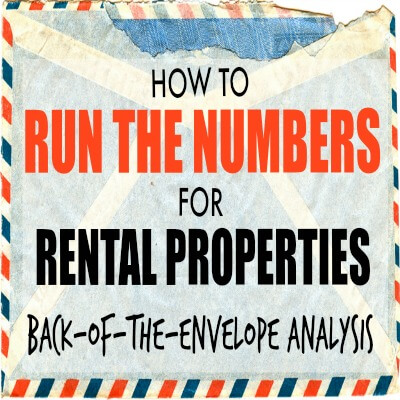The Allure of Rental Properties: Unpacking the Numbers Behind a Smart Investment

As the real estate market continues to evolve, many investors are turning to rental properties as a way to diversify their portfolios and generate passive income. But before taking the plunge, it’s essential to crunch the numbers and analyze the potential cash flow of a rental property. In this article, we’ll break down the key factors to consider when evaluating the financial potential of a rental property, and provide tips on how to make a savvy investment.
Understanding Cash Flow
Cash flow is the lifeblood of any rental property investment. It’s the amount of money left over after paying all the expenses related to the property, including the mortgage, property taxes, insurance, maintenance, and utilities. A positive cash flow means you’re earning more in rent than you’re spending on expenses, resulting in a profit. A negative cash flow, on the other hand, means you’re losing money on the investment.
When evaluating a rental property, it’s crucial to consider the following expenses:
- Mortgage Payments: This includes the principal and interest on the loan, as well as any other loan-related fees.
- Property Taxes: These vary by location, but can be a significant expense.
- Insurance: You’ll need to consider both liability and property damage insurance.
- Maintenance and Repairs: These can be unpredictable expenses, but setting aside a portion of the rent each month can help offset the costs.
- Utilities: Depending on the type of property, you may be responsible for paying for utilities such as water, gas, and electricity.
- Vacancy Rates: Even with a solid tenant in place, there’s always a risk of vacancies between rentals. Factor in a 5-10% vacancy rate to account for potential lost income.
- Property Management Fees: If you hire a property management company, their fees can range from 8-12% of the monthly rent.
Evaluating the Numbers
When analyzing a rental property’s potential cash flow, consider the following metrics:
- Gross Yield: This is the total rent collected divided by the property’s purchase price. Aim for a gross yield of at least 8-10%.
- Cap Rate: The capitalization rate is the net operating income (NOI) divided by the property’s purchase price. A higher cap rate indicates a better investment.
- Cash-on-Cash Return: This measures the annual cash flow divided by the total cash invested in the property. Aim for a cash-on-cash return of at least 8-12%.
Example Analysis
Let’s say you’re considering a rental property with the following specs:
- Purchase price: $200,000
- Monthly rent: $1,500
- Annual property taxes: $3,000
- Annual insurance: $800
- Annual maintenance: $1,500
- Vacancy rate: 5%





